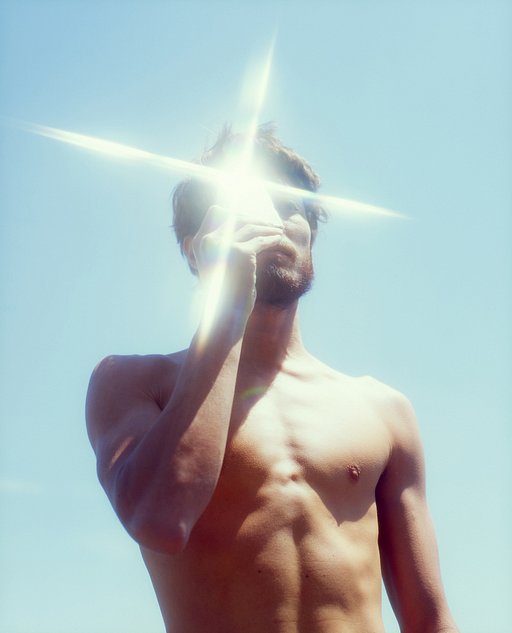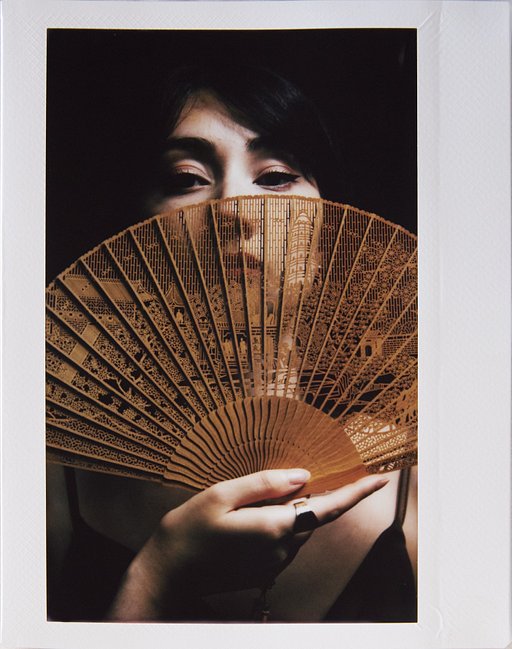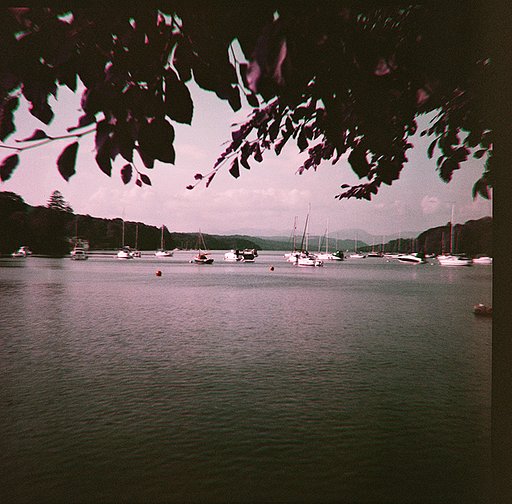First Medium Format Love: My Yashica Mat-124G
4 27 Share TweetA long-time fan of plastic cameras, Argentinean writer and photographer Lorraine Healy is the author of “Tricks With A Plastic Wonder” — a manual for achieving better results with a Holga camera. In this article, Healy explores her enduring fondness for the classic Yashica TLR.

Years ago, when my friend and mentor Sharon "Shoe" Shoemaker told me I needed to move to medium format, I had no idea what “medium format” was. Up to that point, my entire photographic experience had been with 35mm or the popular 127 film boxes that went into cameras like the Kodak Fiesta. I started looking into medium format cameras, and by this time, 2002, people were selling their old analog equipment by the ton. When I saw one of the recommended cameras, I remembered my grandfather and one of my aunts shooting with one like it when I was about six years old. It was a TLR, I don’t know which brand. But the Yashica looked perfect, so I bought one. I also bought a Voigtlander Besseler folding camera, just because the whole idea of a folding camera appealed to me. But I never took to it.
Had I known beforehand that a TLR would show the image flipped right to left? I don’t think I did. Getting the hang of composition took a while, aligning things as I wanted them to be. But once I got the hang of it, this camera got my heart. And it has not given it back yet!
The Yashica Mat-124 G was made from 1970 until 1986 and was the last TLR produced by Yashica. It is not a very fast camera, with a Yashinon 80mm f3.5-22 (roughly 50mm equivalent) and shutter features speeds 1 to 1/500 sec., plus Bulb. It can handle 220 films, with a simple sliding of pressure plates. I have a few rolls of 220 film still and I think this is my only camera that can take advantage of them.
I started traveling with the Yashica right away and everywhere I went the same thing happened: If I was shooting on the street, people my age and older would smile with delight and immediately start telling me about their Dad’s, their uncle’s, their grandpa’s TLR. It was the biggest icebreaker I have ever known. It was almost as if people couldn’t help themselves. The Yashica was a magnet from their past and they had to talk to this woman who seemed to be carting it around instead of digital wonder.
A different thing happened when I was shooting inside the cafés of Buenos Aires: I became invisible! The men hanging out in the cafés would sort of glance at me, see me with my face inside the Yashica as I focused and immediately dismiss me and go back to their chats. This was exactly what I wanted, the “usual suspects” at their tables, going about their business of fixing the world, the economy, politics, or “fútbol.” I would then set the Yashica on my table, and shoot as much as I wanted, picking it up to refocus if I was changing the angle. Because of the larger 6cm x 6cm -sized negative, even if my composition wasn’t perfect, I could later crop out extraneous tables and chairs from my final print.
The ISO on the Yashica only goes to 400, and I have never tried shooting 800 or higher ISO film. I’m sure it would work just fine if taking a photometer reading with the correct ISO film information.
Much as I adore this camera, for the last few years I have not been able to travel with it unless I’m going on a car trip. At 1.1kilograms (2.5lbs), it has become too heavy for me to carry around all day, around my neck like I used to, or even in my photo backpack. So this wonderful brick of a camera is getting a lot less use than I wish. I recently had it CLA’ed, because the wheel that opens the camera was stuck. My local camera magician, Doug, returned it to its original glory. A recent check of eBay revealed that these cameras go for $250-$300, in excellent condition—which, in my experience, means you’d better budget for a CLA with your trusted camera-repair person, just to be sure you are getting the best possible images.
Technical Information
Film type: 120 or 220
Picture size: 6 cm × 6 cm
Weight: 2lbs, 6.8 oz (1,100 g)
Lens: coated 4-element Yashinon 80 mm f/3.5-22 [roughly 50 mm equiv]
Filter size: Bay I (Bayonet type I) 30mm
Focal range: 3.5' to infinity
Shutter: Copal SV
Shutter speeds: B, 1-500
Viewfinder: TLR
Exposure meter: CdS (match needle)
ASA range: 25-400
Lorraine Healy (@lorrainehealy) is an Argentinean writer and photographer living in the Pacific Northwest. A long-time fan of plastic cameras and she is the author of “Tricks With A Plastic Wonder” a manual for achieving better results with a Holga camera, available as an eBook from Amazon.com.
written by Lorraine Healy on 2017-03-01 #gear #color #gear #120-film #mediumformat #yashica-mat-124g






















4 Comments